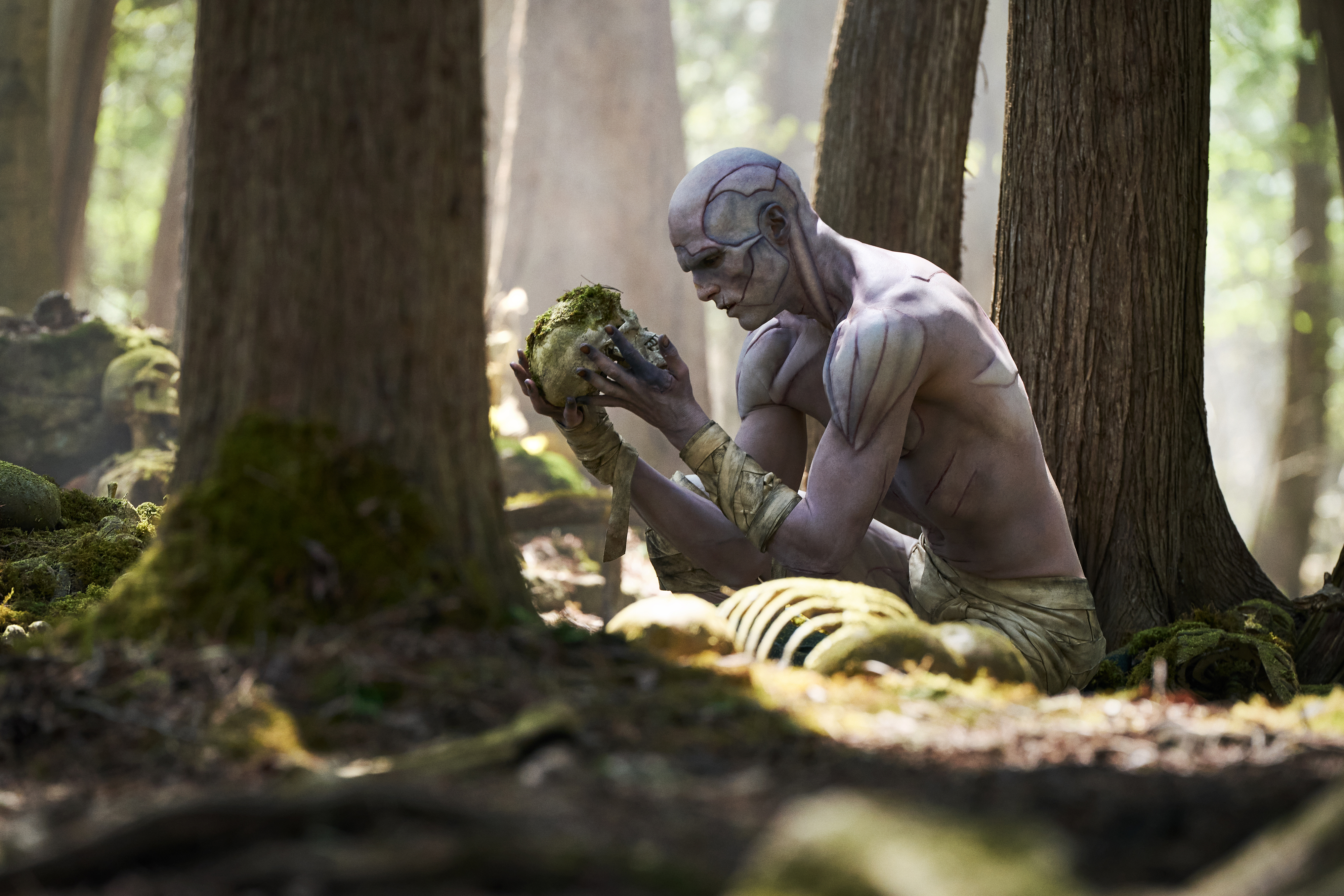Lovers of gothic horror are eating good right now. Over 11 months they’ve enjoyed (mostly) faithful film adaptations of two of the genre’s foundational texts.
The first was Robert Eggers’s Nosferatu. And, now, Academy Award-winning filmmaker, and geek crowd favourite, Guillermo del Toro has finally ticked off one of his passion projects as part of his Netflix deal: Frankenstein.
Is this the most high fidelity on-screen version of Mary Shelley’s groundbreaking novel? No, it seems fair to say that title still belongs to Kenneth Branagh’s glossy 1994 take. However, next to Nosferatu, the new Frankenstein is arguably the most visually sumptuous on-screen embodiment of 19th-century horror since Bram Stoker’s Dracula.
Just as in the case of Coppola’s vampire film, though, striking cinematography and meticulous world creation do not a masterpiece make. Something memorable, yes, but if you look closer, you see the scars; the flaws. And Del Toro’s Frankenstein is fundamentally flawed. It just takes a while to realise that fact.
All is well to begin with, at least. Viewers familiar with the Frankenstein plotline will recognise the set-up and structure. In pushing to reach the North Pole at whatever the cost, a ship’s captain (Lars Mikkelsen) and his crew encounter a badly wounded man on the ice, along with the hulking figure pursuing him.
While treating the man, he tells his story: he is Baron Victor Frankenstein (Oscar Isaac), a brilliant surgeon and scientist who became obsessed with overcoming death. His grand experiment is a success, and he reanimates a Creature (Jacob Elordi) comprising stitched-together parts from dead criminals and soldiers.
However, Victor rejects his “child”, and the Creature is forced out into the harsh world where its outcast status triggers a desire to destroy everything that Victor loves.
/file/attachments/2984/Oscar-Isaac-as-Victor-Frankenstein-in-Guillermo-del-Toros-Frankenstein_Netflix-2-1_1_142550.jpg)
/file/attachments/2984/Jacob-Elordi-and-Mia-Goth-in-Guillermo-del-Toros-Frankenstein_Netflix-copy_1_656037.jpg)
Frankenstein is a Del Toro film, and his filmmaking sensibilities shine through on many fronts, from the disturbing spin on Catholic iconography (think the Angel of Death from Hellboy: The Golden Army), to haemorrhagic births (Pan’s Labyrinth), and oddball women who find themselves enamoured with monsters (The Shape of Water). In line with that last point, Del Toro simply doesn’t have the heart to let his creature be truly monstrous, which weakens the film’s final act.
In fact, it’s the last half an hour or so of the 152-minute Frankenstein that really lets it down. Del Toro, who also wrote the screenplay and produced the film, has put his own stamp on the story. As such, there’s a leisurely introduction and invented middle portion, where Victor earns the patronage of arms dealer Henrich Harlander (Christoph Waltz), whose niece Elizabeth (Mia Goth) is set to marry Victor’s golden boy brother William (Felix Kammerer).
The biggest change to the narrative, though, is that Victor doesn’t immediately rebuff the Creature. He repeats the same mistakes his own father made with him, expressing his disappointment and demeaning his offspring as he attempts to drive it to its full potential.
So much time is spent hammering home this point about bad fathers and toxic masculinity that when it’s time to wrap up, events have the feel of a tragic accident as opposed to a calculated, and therefore horrifying, choice. They also come across as rushed in comparison to everything that has gone before, draining scenes of emotional impact.
/file/attachments/2984/Oscar-Isaac-as-Victor-Frankenstein-in-Guillermo-del-Toros-Frankenstein_Netflix-1_1_717385.jpg)
Audiences are expected to swallow that important character development has occurred off-screen, and Goth, in particular, is largely wasted beyond the film’s midpoint. This is despite the horror queen filling two roles.
For the record, Isaac accomplishes what he needs to with Frankenstein, but it’s Elordi – who made his name in The Kissing Booth films and Euphoria, before graduating to the likes of Saltburn and Priscilla – who is the real standout, demonstrating a physical manner that feels awkward and out of proportion at one moment, and then terrifyingly powerful the next. If the rumours are true and this young Australian actor is to be the next James Bond, he’s more than capable for the task.
There are few better-looking movies than Frankenstein, which will surely be in the running for set design, makeup and costume accolades once awards season kicks off. It’s high-style and stunning, but once you get past the lush visuals, and all the admittedly effective visceral violence, what’s powering it feels disappointingly anaemic. DM
Frankenstein is streaming now on Netflix. This review was first published on PFangirl.




 Jacob Elordi as the Creature in Frankenstein. (Photo: Ken Woroner / Netflix © 2025)
Jacob Elordi as the Creature in Frankenstein. (Photo: Ken Woroner / Netflix © 2025)